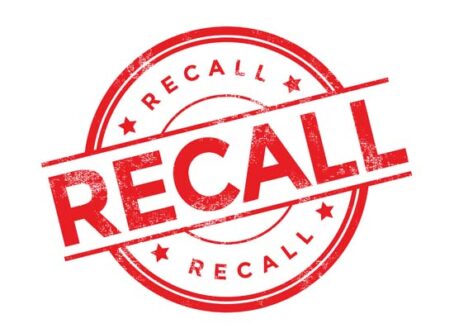OOIDA warns FMCSA to deny autonomous vehicle exemption
Waymo LLC and Aurora Operations want an exemption regarding the placement of warning devices on behalf of motor carriers who operate autonomous vehicles.
The Owner-Operator Independent Drivers Association, meanwhile, advised the Federal Motor Carrier Safety Administration to deny the request and urged the agency to develop autonomous vehicle policies “in a responsible manner.”
In March, FMCSA published an exemption request from Waymo and Aurora that would allow all motor carriers operating autonomous driving systems – with or without a human on board – to have warning beacons mounted on the truck instead of traditional warning devices required by regulations.
Current regulations state that “whenever a commercial motor vehicle is stopped upon the traveled portion or the shoulder of a highway for any cause other than necessary traffic stops, the driver shall, as soon as possible” place warning devices in a specific manner. The regulations also require all exterior lamps to be steady-burning. Waymo and Aurora requested a five-year exemption on behalf of autonomous truck carriers.
OOIDA argues that Waymo and Aurora did not provide adequate justification for the exemption.
“The research and studies presented in Waymo/Aurora’s exemption request from the regulations that require specific placement of warning devices around a stopped commercial motor vehicle are not sufficient to ensure an equivalent or greater level of safety,” OOIDA wrote in its formal comments filed on Monday, April 3.
If granted, the qualified carriers would be exempt from requirements regarding the placement of warning devices and the steady-burning lamp requirement. It also would allow the companies to use a warning device for stopped vehicles which isn’t acceptable under the current rules.
However, OOIDA said that the company’s isolated studies didn’t consider multiple variables that truck drivers encounter.
“The study locations do not account for all the varying weather, road, lighting and traffic conditions that commercial motor vehicles encounter throughout the country,” OOIDA wrote. “We believe this prevents Waymo/Aurora from meeting the standards in (the regulations) that require if a vehicle is stopped within 500 feet of a curve, crest of a hill, or other obstruction to view, the driver shall place the warning signal in the direction of the obstruction to view a distance of 100 to 500 feet from the stopped commercial motor vehicle so as to afford ample warning to other highway users.”
OOIDA also criticized the lack of a backup plan in the exemption request.
“Waymo/Aurora do not discuss any backup warning systems that can be implemented if and when an automated truck experiences any type of failure where the lights or beacons can no longer function,” OOIDA wrote. “Again, we continue to see too many instances where autonomous vehicle technology does not perform the way it is designed, which further jeopardizes safety performance. Reflective triangles and flares are not reliant on technology systems that are so vulnerable to disruptions.”
How to comment
The public has through April 10 to comment on the exemption request. To do so, click here or go to the Regulations.gov website and enter Docket No. FMCSA-2023-0071. LL









